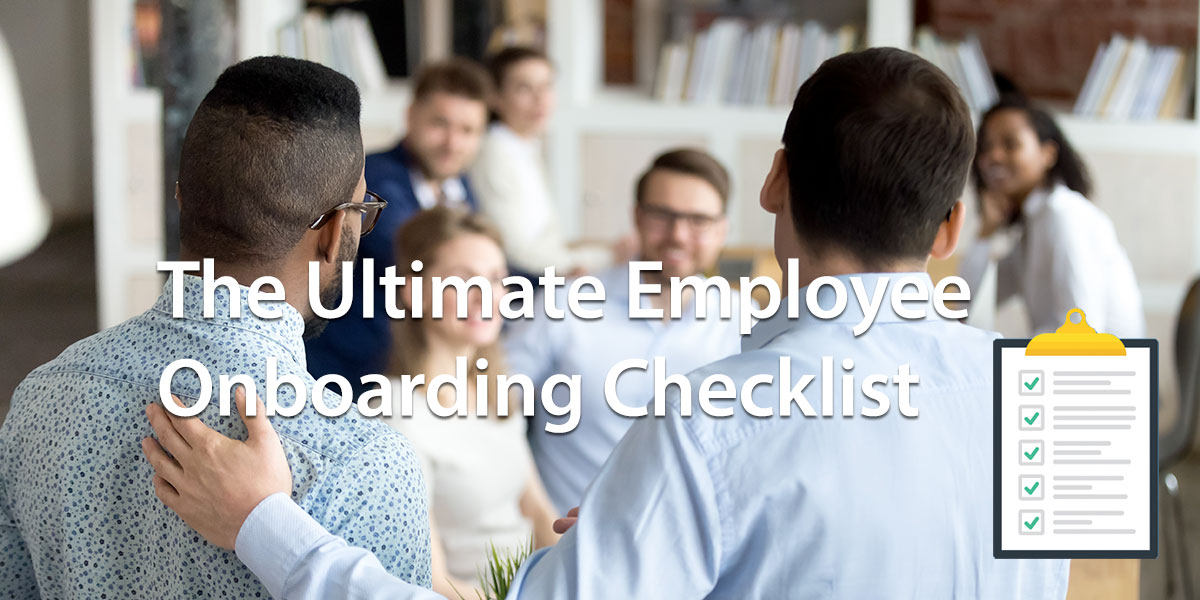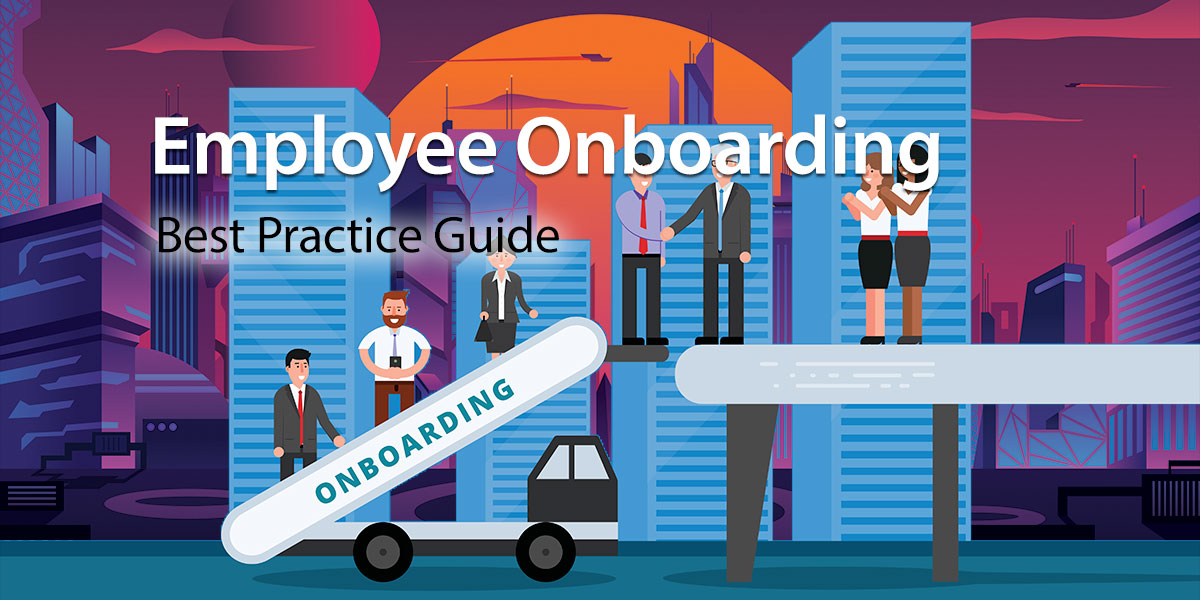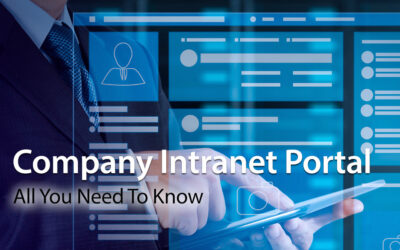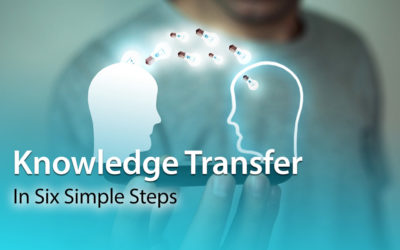Starting a new job is a daunting task for anyone. It’s just like being the new kid in school. You haven’t got a clue what’s happening, don’t know anyone, and feel you stick out like a sore thumb. Despite the best intentions, many companies miss the mark when it comes to employee onboarding. Lack of preparation, super-busy co-workers, and missing equipment are familiar horror stories. However, an employee onboarding checklist takes the stress out of the process for you and the recruit.
Those first few days and weeks are critical to helping the new hire settle in and get up to speed quickly. There are many moving parts to onboarding, and a checklist ensures you don’t miss a vital step. Plus, it makes a great first impression on the worker. It sets out your expectations and shows you have planned and prepared.
Employee onboarding checklists are suitable for organizations of all shapes and sizes. Small businesses hiring infrequently or big companies with many new starters will both benefit from a streamlined, consistent approach.
Research shows just how effective a tool onboarding checklists are. According to a survey from eLearning Infographics, automating onboarding resulted in an 18 percent improvement in initial performance. And checklists also resulted in a 16 percent increase in retention rates for recruits.
Want to deliver seamless and effective onboarding for your new worker? This post makes it easy for you as we share a sample onboarding checklist template.
Employee onboarding best practice tells us onboarding isn’t just a one-off exercise. To be effective, you need to have support in place for a minimum of three months and preferably up to the employee’s first anniversary.
Employee Onboarding Checklist: The Five Phases
Our checklist is organized to cover all the critical onboarding phases:
- Pre-boarding. Here, the goal is to create a great first impression with the worker and introduce your company culture, mission, and values.
- The first day in the workplace. Your aim is to develop a personalized experience, so the recruit feels welcomed and excited about starting work.
- The first week. This phase is all about setting expectations and introducing some meaningful tasks and objectives.
- The first 90 days in the job. The hire should be reasonably settled and starting to get to grips with their new role. This phase is about consolidating and building on that progress.
- The end of the first year. The honeymoon period is over. Your employee should be confidently and capably working independently. Onboarding now is more focused on retention and career progression.
Use our employee onboarding checklist as a starting point for developing your own version. You can then more effectively manage employee onboarding and get your recruit off to the best start.
Employee Onboarding Checklist Template
You can download this checklist here: Employee Onboarding Checklist.pdf
| Onboarding Task | Completed By Whom & When |
| 1. Pre-boarding | |
|
|
| 2. First Day | |
|
|
| 3. First Week | |
|
|
| 4. First 90 Days | |
|
|
| 5. End Of The First Year | |
|
Benefits Of Employee Onboarding Checklists For Managers
The bottom line is onboarding checklists set a solid foundation for the new hire. Expectations are clear from the outset. And the worker is made to feel welcome and has the necessary support from day one.
Furthermore, a checklist ensures you don’t miss a critical step. And all employees receive a consistent, well-planned experience.
Ensuring your new employees achieves their optimal performance level in record time is only part of the picture. Also significant are the following additional benefits:
- Better job performance: Employees are equipped with the necessary tools and support to achieve goals faster and more effectively.
- Stronger commitment to the organization: Whether it’s employee experience, engagement, or corporate culture, positive onboarding results in more robust connections between employees and employers.
- Reduced stress: Checklists take away the stress and anxiety for both managers and recruits.
- Increased job satisfaction: In one recent survey, 92 percent of recruits report feeling productive and valued within their first month following a positive onboarding experience. Don’t underestimate the long-term impact of onboarding on job satisfaction.
- Higher retention rates: When it comes to the retention of top talent, onboarding is the essential starting point. According to Harvard Business Review, retention rates in businesses with formal onboarding programs are an impressive 50 percent better.
Get the onboarding process right, and you will impact employees’ satisfaction, engagement, and tenure in the company. Get it wrong, and you could find your investment simply walking out of the door.
Refine this checklist to suit your organizational requirements and ensure that doesn’t happen in your organization. It’s a no-brainer.
Intranets Make Employee Onboarding Easy
Finally, we share a few thoughts on how intranets can support effective onboarding. Here are just a few of the practical ways an intranet makes things easier.
- Automated Processes: Use the intranet to automate your employee onboarding checklist. The intranet will automatically notify all relevant personnel of the new arrival, highlighting any lead-in times and dependencies.
- Centralized Onboarding Resources: Create an onboarding hub on the intranet. Whether it’s employee profiles, explainer videos, team chat, or organizational policies, everything is available in one central location.
- Support Ongoing Training And Development: Take your pick from podcasts, how-to videos, wikis, surveys, and manuals or standard operating procedures. Whether your recruit is office-based or working remotely, training is easy with an intranet.
- Obtain Employee Feedback: Intranet-based employee surveys and polls are an excellent tool for harvesting insights from employees that have experienced onboarding. Find out what went well and what needs to be improved. Even better, pulse checks can be anonymous, so staff feel free to give honest unbiased feedback.
These are just a taste of how an intranet can support effective employee onboarding in your business.
Interested in finding out more? Get in touch with the expert team at MyHub. Our super-easy to set up and manage cloud intranets will support effective staff onboarding. Find out how with a free demo or 14-day no-obligation trial and discover the many business benefits intranets have to offer employee onboarding.








0 Comments